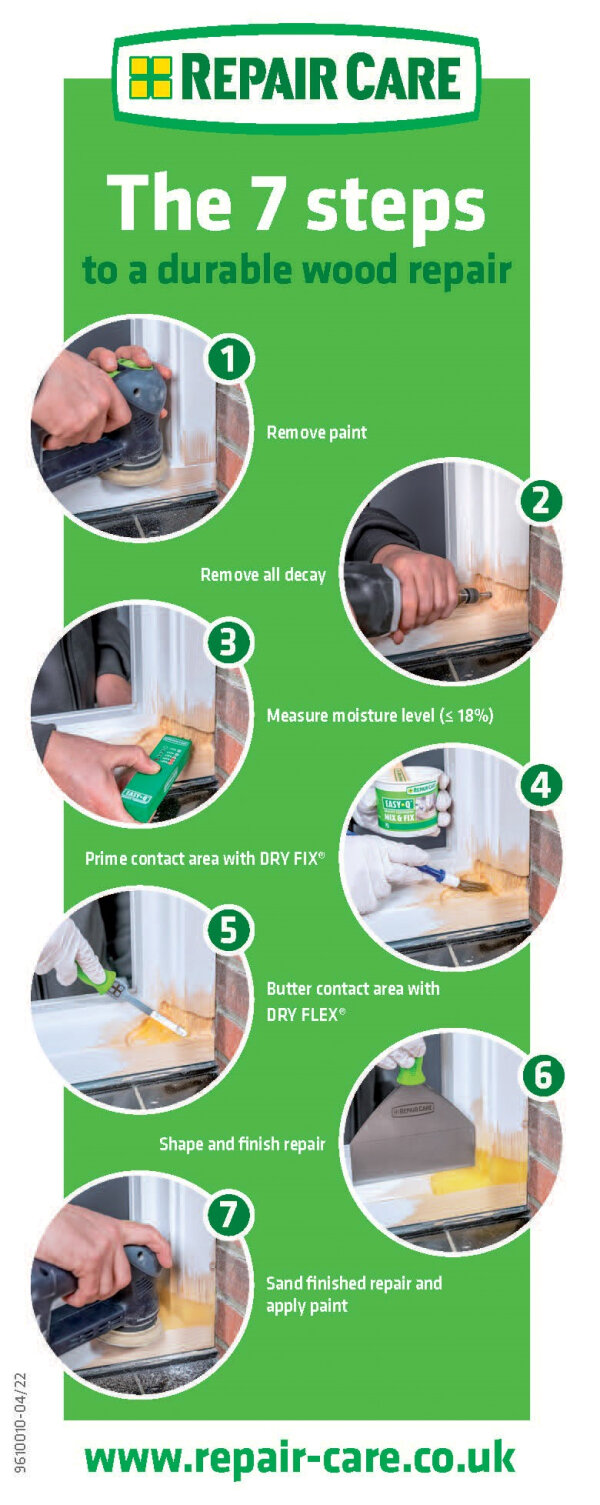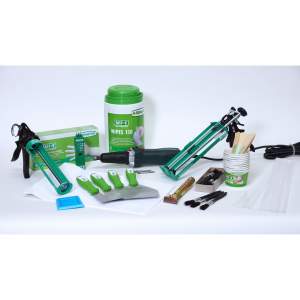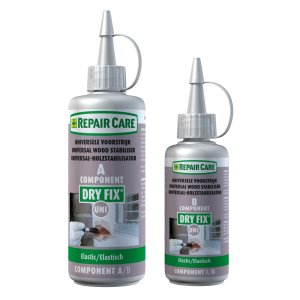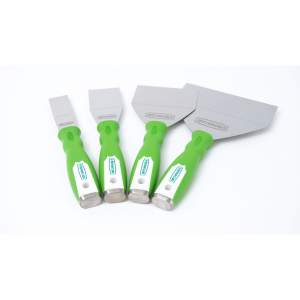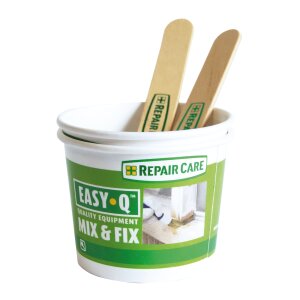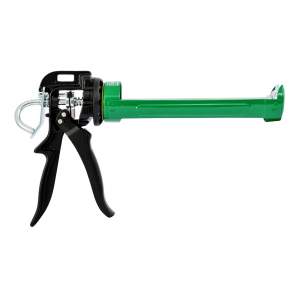Repair Care: The Ultimate Guide

October 20th, 2022
Repair Care stands for total solutions for sustainable timber restoration and maintenance. Not only do they have a wide range of quality products for joinery repair, they also offer training on how to use them to refurbish decayed and damaged timber. Find out more about Repair Care below!
Considerations for the Conservation of Joinery
Timber is a warm, attractive and traditional material. Original wooden windows were constructed from slow grown trees where the timber was seasoned and then selected for appropriate use.
Professionals involved with heritage assets need to reinstate decayed joinery to original profiles without affecting surrounding substrates e.g. glass and render.
Any reinstatement must meet certain criteria; it should be reversible, practical, minimal, durable and cost effective. Unfortunately, traditional repair techniques, such as splicing, and the use of modern fillers often do not meet these criteria. Two pack filler repairs are brittle and do not flex with the natural movement in the timber, which can often result in the repair failing in a matter of months after completion.
Additionally in these days of environmental considerations, energy efficiency and comfort, there are constant demands to improve a window’s performance, an issue highlighted when joinery is inspected for defects prior to redecoration.
A System Based Alternative
The conservation industry now has a system available that creates minimal disruption to the surrounding substrates, offers durable repairs and has the option of conserving existing joinery. It uses technology in conjunction with traditional skills and timber.
This combination creates the opportunity for in-situ repairs as shown in the photographs above and below. Additionally, the very useful options of dealing with the main causes of premature paint failure and future timber decay can be addressed.
Experience has shown that repairs are less expensive than replacement and Repair Care work can be the best value option. Thermal improvements and appropriate decorative coatings can be specified and the joinery will last for many years without significant cost or disruption to the building.
7 Steps to a Durable Repair
When completing repairs using our DRY FLEX® resin, it is recommended to follow Repair Care's working methods to achieve the highest quality repair possible.
These seven steps form the basis of every wood repair:
Step 1: Remove all paint & dirt
Step 2: Remove all the decay (down to the healthy wood)
Step 3: Measure moisture level (<18%)
Step 4: Prime contact area with DRY FIX UNI®
Step 5: Butter contact area with DRY FLEX®/BIO FLEX™
Step 6: Shape and finish repair
Step 7: Sand finished repair and apply paint







